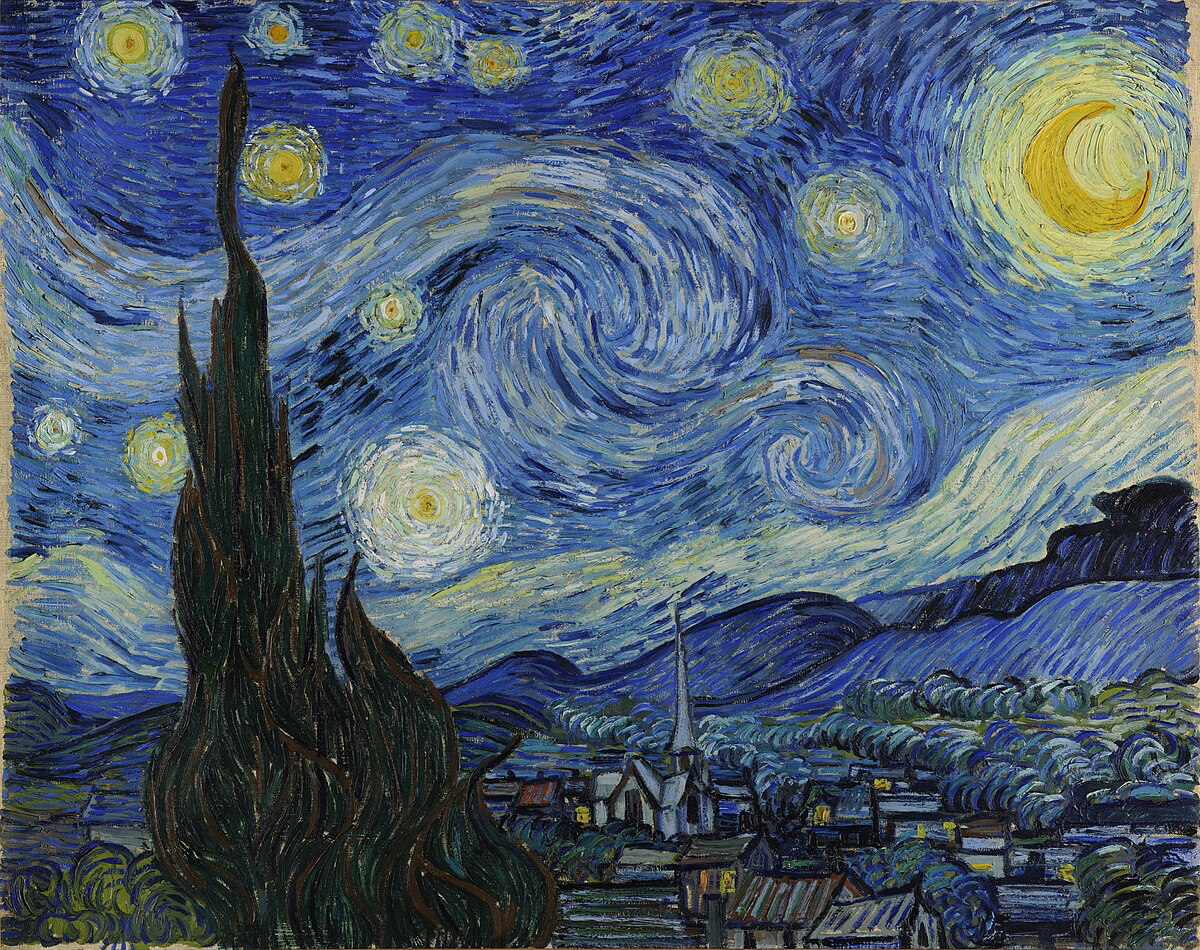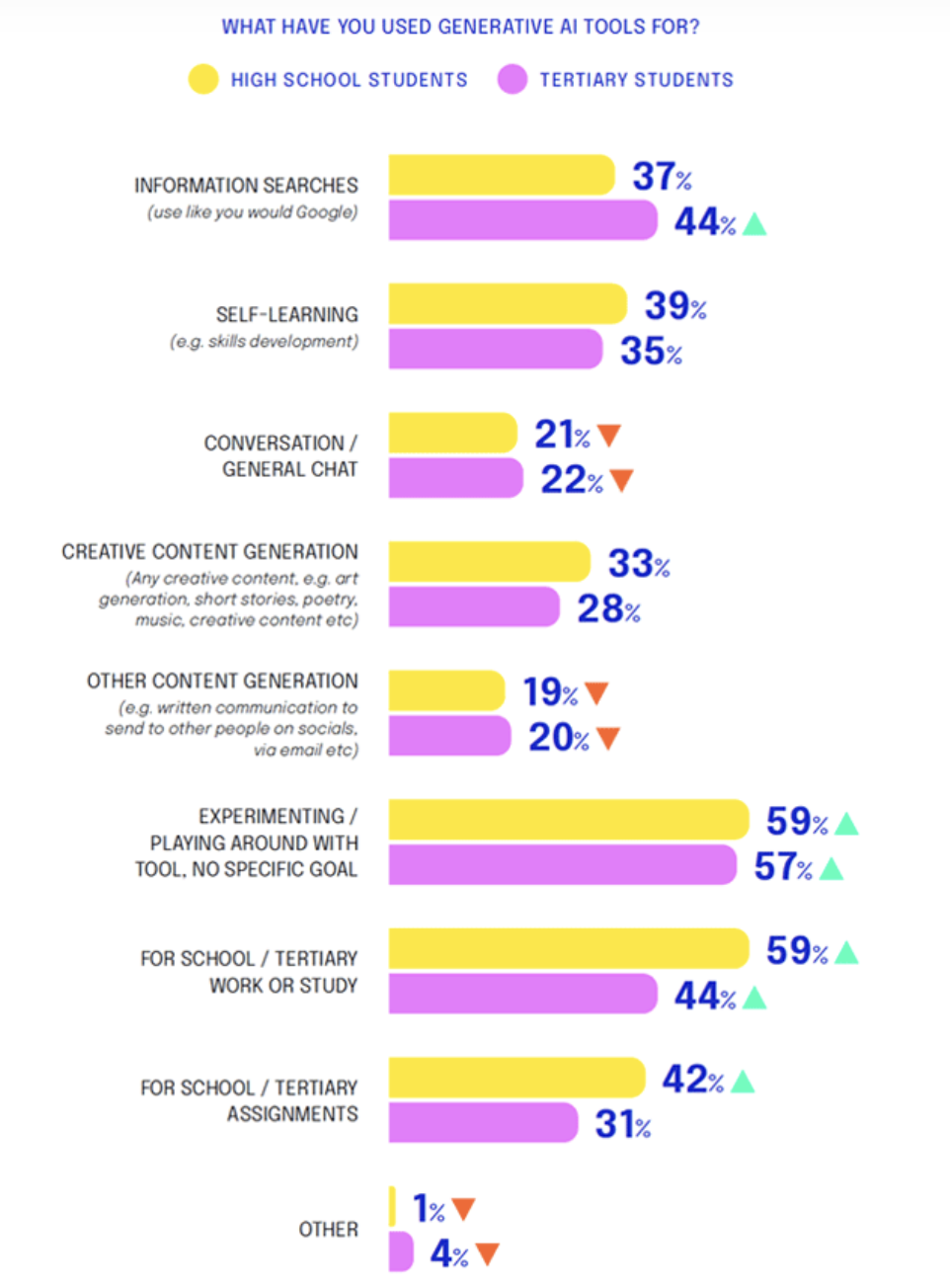Technology
“By far, the greatest danger of Artificial Intelligence is that people conclude too early that they understand it.”
- Eliezer Yudkowsky
Although the idea of a robot apocalypse, cultivated in fictional books and films like The Terminator (1984) strictly remain in the realms of fiction, the notion of a dystopian future may not seem too far off.
Artificial intelligence (AI) continues to prove itself as a valuable tool of task automation and data analysis of patterns and trends in mere minutes - often outperforming us humans in such fields. Nevertheless, with the rapid technological advancements of today’s age, AI has now evolved to also perform creative tasks like generating art, composing music, writing full-length stories, drafting poems etc. As impressive as this may all sound, it also begs the question: Could AI ever match or even surpass human creativity?
Creativity: The ability to generate or identify ideas, alternatives, or possibilities that may be useful in solving problems, connecting with others, or providing entertainment for ourselves and those around us.
The Fine Line
Many of us may be guilty of asking AI chatbots to quickly brainstorm ideas and do the creative heavy lifting in our everyday lives, trading deep and meaningful thinking for instant answers. This stands as a testament to our growing reliance on AI and temptation to even outsource our imagination. While the argument that AI enhances and enables creative thinking remains undoubtedly valid, where is the line drawn between these two worlds?
In simple terms, AI is derivative of figures, patterns and algorithms, strictly operating within the boundaries of its data. On the other hand, human creativity is stemmed from emotion, intent, intuition and personal biases that are only possible through lived human experiences - AI could only ever imitate these uniquely human qualities, never originate. So the fine line in question is answered by the very fact that AI is only capable of mimicking human creativity, going beyond its boundaries only when prompted by a human.
More importantly, for us university and business students, this distinction becomes more practical rather than philosophical. Whether it’s pitching project ideas, tackling case competitions, or brainstorming strategy reports, open-ended challenges like these require the ability to think beyond the constantly recycled data that AI uses. Flourishing your creativity creates an edge that recruiters and future collaborators are looking for, in which these fresh ideas spark innovation, build connections and drive change - hence why your imagination still matters most.
Does AI have what it takes to be human?
The growing experimental use of AI in content creation and entertainment, challenges how highly we regard the human touch in what we consume online. How effective are these algorithmically crafted stories and do we enjoy them more than human crafted ones?
As a tool of data analysation, AI is greatly capable in predicting what resonates with audience preferences using vast datasets. Along with its strengths in speed and efficiency, it’s able to generate creative pieces that align with popular trends that may give off the feeling of familiarity and satisfaction found within human-crafted works.

“The Starry Night” a widely recognised painting by Vincent van Gogh in 1889
Vincent van Gogh had painted The Starry Night inspired by the view from his window at the Saint-Paul-de-Mausole asylum, where he admitted himself due to suffering from depression and psychosis. The artwork reflects his emotional struggle and turmoil. The creativity involved in combining the beauty of his surroundings and the turbulence in his mind is a demonstration of the power of human creativity. The painting is more than just mere brushstrokes, but an expression of Van Gogh’s raw and vulnerable emotional conflict. Although AI can certainly replicate the swirling skies and vibrant colours in seconds, it will never be able to channel the same emotional depth and personal struggle that fuels artworks like The Starry Night. Despite impressive mimicry, AI will continue to lack the transformative power of connecting others through human emotions and experiences.
AI in Student Life

“What have you used Generative AI tools for?” by The Research Society
In today’s digital age, the introduction of generative AI has triggered a shift in culture for many academics worldwide. An Australian study in 2023 revealed that 65% of Gen Z use AI and of that, 44% of tertiary students have used generative AI for work or study, and information searches. This rising usage of AI in students raises important questions about the future of creativity and critical thinking.
When the use of AI starts to become a shortcut rather than a support tool, we’re at risk of neglecting the personal struggle, reflection, and originality that shape authentic learning. These uniquely human elements are what compel independent thinking and build the foundation for long-term growth and confidence.
As AI grows in accessibility, nurturing your creative capacity becomes not just important, but vital for future leaders. It’s your ability to bring perspective and emotion that puts weight and impact on your ideas. So in time, the future won’t just need people who can use AI - it’ll need people who can think beyond it.
Is the continuous use of AI tainting our creative minds?
From one standpoint, AI has the powerful ability to spark creativity in us humans, and speaking from my own experience, ChatGPT is personally my go-to tool in efficiently aiding creative mindblocks and refining ideas. With this being said, I may or may not be guilty of over-relying on AI to sometimes perform even the simplest of tasks, but at what point does this over-reliance begin to hinder our creative thinking? When does convenience start to take away our creative potential?
A study by Mika Koivisto and Simone Grassini explores the extent of AI creativity to find out that AI chatbots outperformed human participants in a divergent-thinking task. On average from results of this experiment, AI produced creative outputs that reached the same level, or even higher, of the human participants in said tasks. However, it was noted that AI chatbots did not consistently outperform the best human performers. The highly creative individuals are still able to compete with AI’s higher-level performance. What does this mean for the lower-performing individuals?
The risk of over-dependence on AI may increase as advancements in the future are made, and the opportunity to engage in deeper creative-thinking processes are lost in our desire for convenience and efficiency. Furthermore, the ability to engage in independent problem-solving processes are hindered.
In conclusion, it is important to recognise that although AI isn’t inherently detrimental to our creativity and can enhance creative-thinking processes, we all (including myself) should be mindful of how we use it - as we can risk diminishing the raw, imperfect, and uniquely human aspects of creativity that make it so impactful. As students, we have a choice: to let AI do the thinking for us, or to use it as a tool that supports our own voice, vision, and originality. The real challenge isn’t about whether we use AI or not, but how we use it to strengthen rather than replace our own creative thinking.
